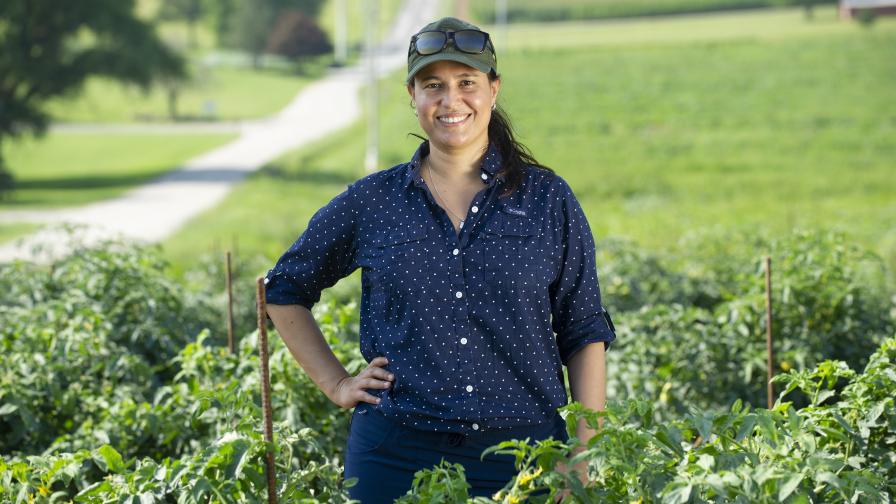Unique Perspective on Citrus Greening Gives New Hope to Growers
Sometimes, just changing the way you look at things can bring new answers to light. This can especially be the case when it comes to science. One senior researcher at the University of Florida recently took another look at citrus greening and came away with potentially game-changing intel on how to manage the devastating disease.
UF/IFAS’ Nian Wang’s most recent research describes in detail how HLB causes damage to citrus trees and presents the case that HLB is a pathogen-triggered immune disease — a malady that results from the activation of an organism’s immune cells fighting a pathogen (a virus, bacteria, or parasite) that invades an organism.
This is the first time an explanation of HLB symptoms as pathogen-triggered immune responses has been presented and defended. Seeing HLB in this new context might mean finding new solutions to the disease, faster.
Through his research, Wang has shown HLB infection stimulates systemic and chronic immune responses in phloem tissue, especially overproduction of reactive oxygen species (ROS), which are part of the plant’s immune response. Chronic and excessive ROS production is responsible for systemic cell death of phloem tissues, which in turn causes HLB symptoms. This supports the hypothesis that HLB is an immune-mediated disease.
Researchers tested whether growth hormones like gibberellic acid (GA) and antioxidants (uric acid and rutin) could impact cell death triggered by the infection and, therefore, block or reduce HLB symptoms. They found the GA and uric acid had an encouraging positive impact on infected trees.
“Our findings allow us to control HLB by mitigating ROS with integrated horticultural measures, genetic improvements of citrus varieties with antioxidant enzymes, generating non-transgenic HLB resistant/tolerant citrus varieties by editing key genes required for CLas-triggered ROS production, and using CTV-mediated expression of antioxidant enzymes and silencing of key genes required for CLas-triggered ROS production,” Wang says.
Wang’s research also tested existing grove management practices that integrate antioxidants, micronutrients (activating antioxidant enzymes), gibberellin (mitigating ROS, regulating immune response, and promoting new growth) and optimized fertilization and irrigation (reducing ROS production) that are available in Florida. All the products tested, except the antioxidants, have already been registered for citrus production, thus can be easily adopted by citrus growers.
To learn more aspects of the research, it was recently published in Nature Communications.









